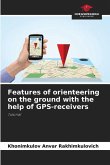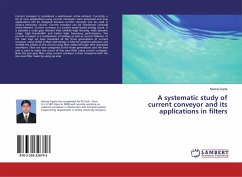Epileptic seizures result from abnormal brain activity and involve both electrical and biomechanical signals. Accurate seizure classification is essential for clinical decision-making, yet conventional diagnostic methods, including self-reports and video monitoring, are limited in detecting seizure types. To overcome these limitations, this study investigates a multimodal approach combining electroencephalography (EEG), surface electromyography (sEMG), and inertial measurement unit (IMU) sensors. A synchronized compact wireless system was developed to capture the modalities, ensuring precise recording and analysis. A systematic signal processing pipeline was applied, including artifact removal, feature extraction, selection, evaluation, and machine learning-based classification. First, each modality was tested individually to assess its potential in seizure classification. The results revealed that a single modality was insufficient, with a maximum accuracy of 94%, highlighting the challenge of seizure similarity. To further explore multimodal classification, validation was conducted in a hospital setting. The results demonstrate that using independent component analysis (ICA) for preprocessing, feature selection techniques based on radar plots, distance metrics, and Big O notation, combined with the XGBoost classifier, led to a classification accuracy of 99%. These findings confirm that EEG, sEMG, and IMU complement each other, significantly enhancing seizure classification.
Bitte wählen Sie Ihr Anliegen aus.
Rechnungen
Retourenschein anfordern
Bestellstatus
Storno








